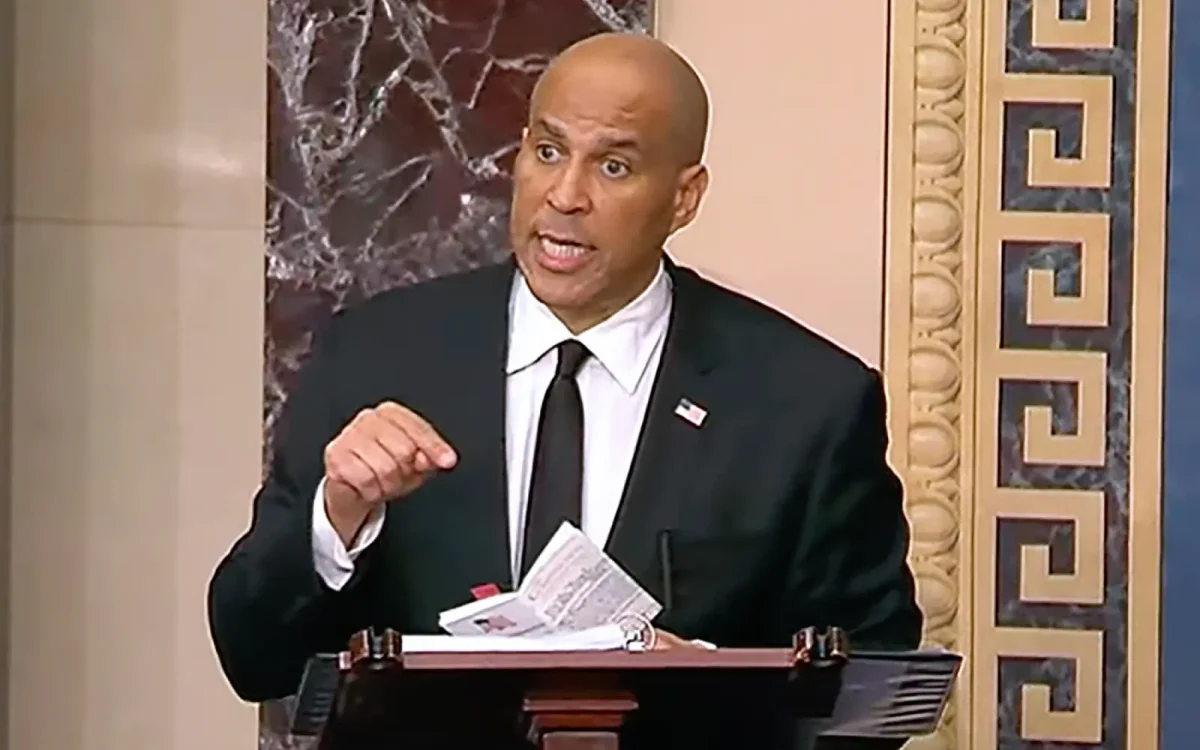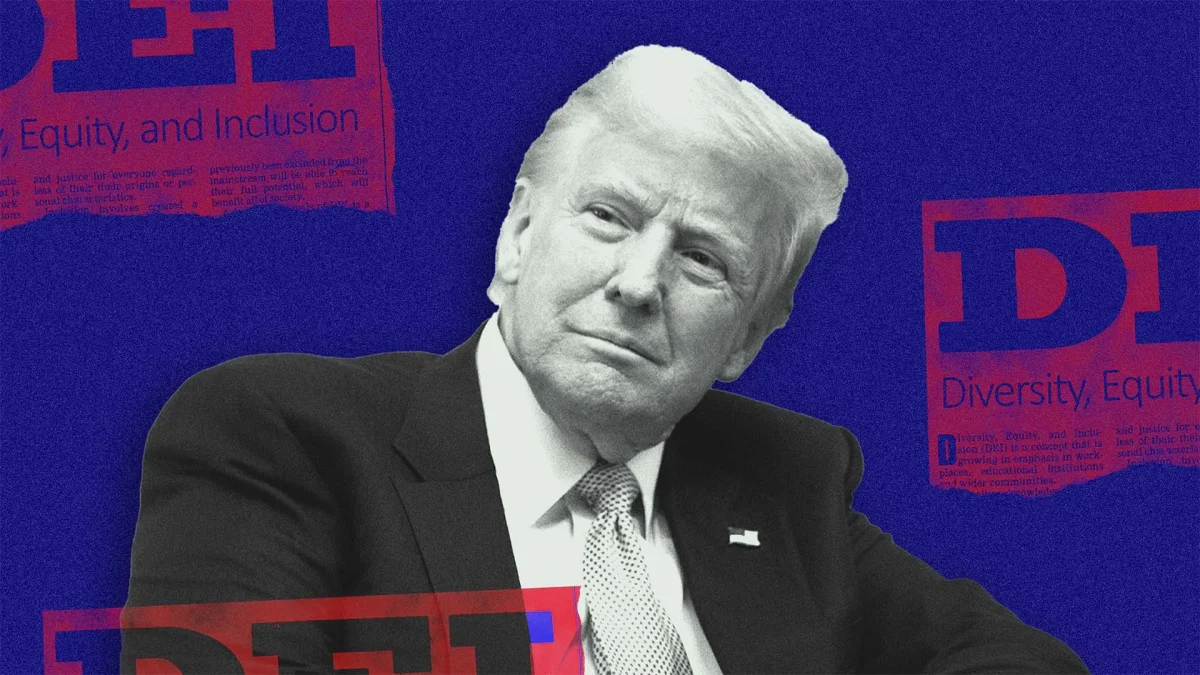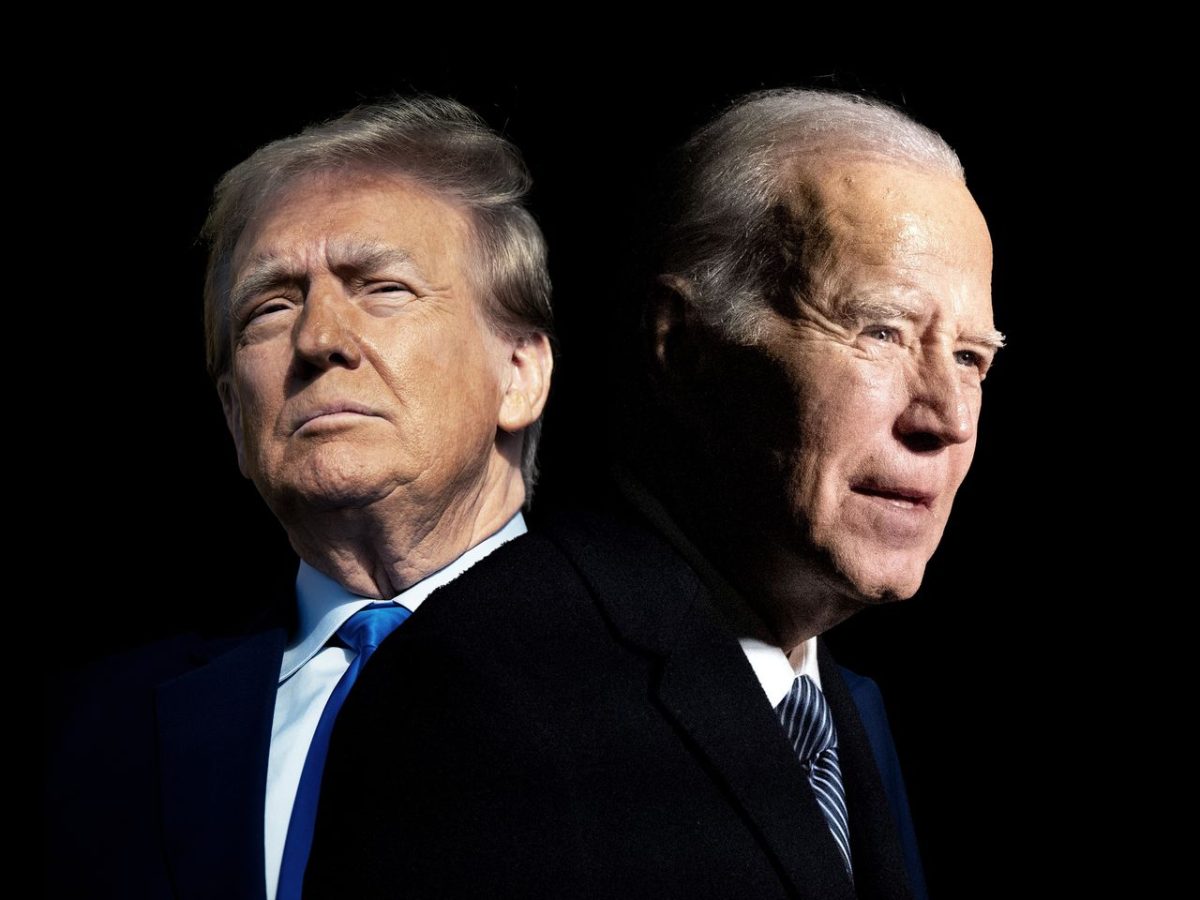On March 1, President Donald Trump announced new tariffs on steel and aluminum imports. The tariffs include a 25 percent tax on imported steel and 10 percent tax on important aluminum. When signing the tariffs into law on March 26, Trump said, “This is the first of many.” Trump is keeping his promise to his supports as he campaigned on the issue of being more assertive with America’s trade policies. The new policy also include measures that target China as the United States accuses the Asian country for stealing American intellectual property, such as infringing patents obtained by American technology companies. U.S. Trade Representative Robert Lighthizer believes that China will also put in place new tariffs on American agricultural products that rely on exports provided by China.
Regarding the steel and aluminum industries, President Trump has the goal of reigniting the American steel and aluminum industry by making it expensive for American companies to shop for metal outside of the United States. University Professor and Economist Niso Abuaf says that this trade strategy has been attempted before, “There is nothing new about this… discussions about trade policy go back a couple hundred years if not more than that. The best known example are the corn laws in England where there were tariffs on corn to protect the corn farmers on England.” He goes on to say that, “Corn farmers benefited but the British public in general suffered; they were subsidizing the corn farmers, so that’s the basic principle.”
The announcement of these new policies sent stock markets around the world spiraling down as these tariffs caused investors to fear a looming trade war. However, stocks did improve slightly as countries began to negotiate their specific trade agreement with the United States. It was originally announced that there would not be exceptions to the new tariffs, but it was later revealed that the U.S. and South Korea had worked out a deal to replace the countries six year old free trade agreements that allows South Korea to be free from the 25 percent steel tax.
These new tariffs put the United Staes in an interesting position. University Professor Thomas Webster believes that the country must evaluate it’s priorities when it comes to trade. He explained, “The real question is this: How much are American consumers willing to pay/sacrifice to protect national interests and the national security?” Professor Abuaf speculates that the Trump administration has goals beyond implementing new tariffs. He says, “Given his reputation as a negotiator, I have a feeling that the noise being generated is part of the negotiation plot.” America is said to be in talks with many countries, including China, to work on new trade deals.

Wikipedia/ Michael Vadon
















